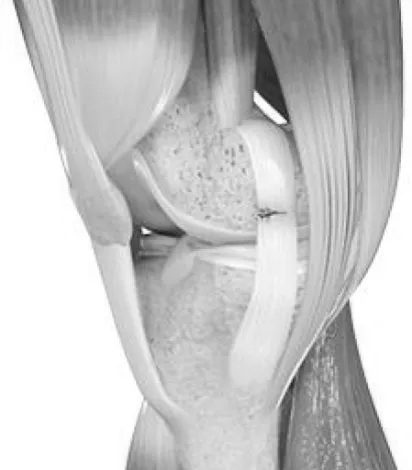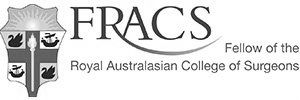Knee Ligament Injuries
What are Knee Ligament Injuries?
Knee Ligaments are made up of elastic tissues that interconnect bones to one another. They bind the joint together providing stability and support to the joint.
The ligaments protect the knee joint from abnormal movement and stabilise the joint during movement.
When stretched beyond their limits, the ligament may partially or completely snap or tear.
Causes of Knee Ligament Injuries
Knee Ligament injury may be caused by a sudden twist, fall, or blow to the joint or from any abnormal movement.
Use of inappropriate shoes during physical activity or any forceful movement in a radial fashion may also cause a ligament injury. Previous knee injury and congenitally weak joints can increase the propensity for a knee ligament sprain.
Knee Ligament Symptoms
Knee ligament injuries may arise if any of these structures get injured by overuse or suddenly during sports activities.
Pain is the most common symptom of a knee ligament injury and can be associated with swelling and bruising. A sudden ligament injury can be accompanied by a loud pop or snap.
- The knee joint may develop stiffness and the patient may have difficulty in walking. Furthermore, an inability to bare weight or
- a feeling of looseness can be associated with a knee ligament injury
ACL Tear or Anterior Cruciate Ligament Tear
An ACL injury is a sports-related injury that occurs when the knee is forcefully twisted or hyperextended.
An ACL tear usually occurs with an abrupt directional change with the foot fixed on the ground or when the deceleration force crosses the knee.
Changing direction rapidly, stopping suddenly, slowing down while running, landing from a jump incorrectly, and direct contact or collision, such as a football tackle can also cause injury to the ACL.
MCL Tear or Meniscal Cruciate Ligament Tear
The medial collateral ligament (MCL) is the ligament that is located on the inner part of the knee joint.
It runs from the femur (thigh bone) to the top of the tibia (shin bone) and helps in stabilizing the knee.
Medial collateral ligament (MCL) injury can result in a stretch, partial tear, or complete tear of the ligament. Injuries to the MCL commonly occur because of a pressure or stress on the outside part of the knee.
PCL Tear or Posterior Cruciate Ligament Tear
PCL injuries are very rare and are more difficult to detect than other knee ligament injuries.
Cartilage injuries, bone bruises, and ligament injuries often occur in combination with PCL injuries.
Injuries to the PCL can be graded as I, II or III depending on the severity of the injury.
- Grade I the ligament is mildly damaged and slightly stretched, but the knee joint is stable.
- Grade II there is a partial tear of the ligament, and
- Grade III there is a complete tear of the ligament and the ligament is divided into two halves making the knee joint unstable.
The PCL is usually injured by a direct impact, such as in an automobile accident when the bent knee forcefully strikes the dashboard. In sports, it can occur when an athlete falls to the ground with a bent knee. Twisting injury or overextending the knee can cause the PCL to tear.
Treatment for Knee Ligament Injuries
Immediately following a knee injury before being evaluated by a doctor, you can initiate the R.I.C.E. method of treatment:
- Rest: Rest the knee as more damage could result from pressure on the injury
- Ice: Ice packs can be applied to the injured area to reduce swelling and pain. Never place ice directly over the skin. Ice should be wrapped in a towel and applied to the affected area for 15-20 minutes four times a day for several days
- Compression: Wrapping the knee with an elastic bandage or compression stocking can help minimize the swelling and support your knee
- Elevation: Elevating the knee above the heart level will also help reduce swelling and pain.
It is important to seek your doctor’s advice if you hear a popping noise or feel as if your knee has given way at the time of injury and if you are unable to move your knee because of severe pain.
Advanced Treatment for Knee Ligament Injuries
Where non-surgical therapies have been exhausted your doctor may discuss surgical solutions such as a Knee Ligaments Reconstruction for the ACL or PCL Reconstruction Surgery.






